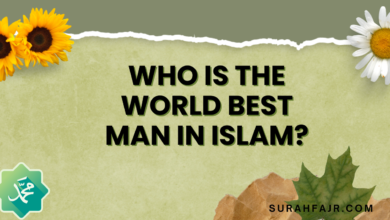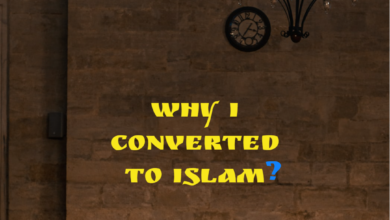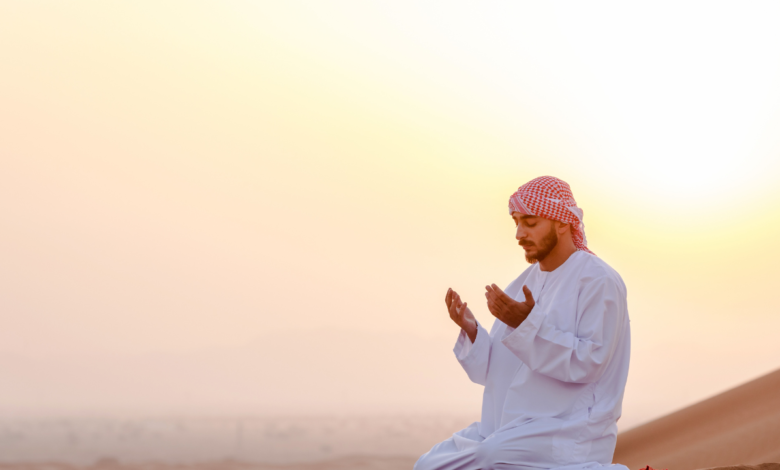
Islamic culture
Islamic culture refers to the way of life, traditions, customs, and practices followed by people who adhere to Islam, one of the world’s major religions. It encompasses various aspects of life, including religious beliefs, art, architecture, cuisine, clothing, and social norms.
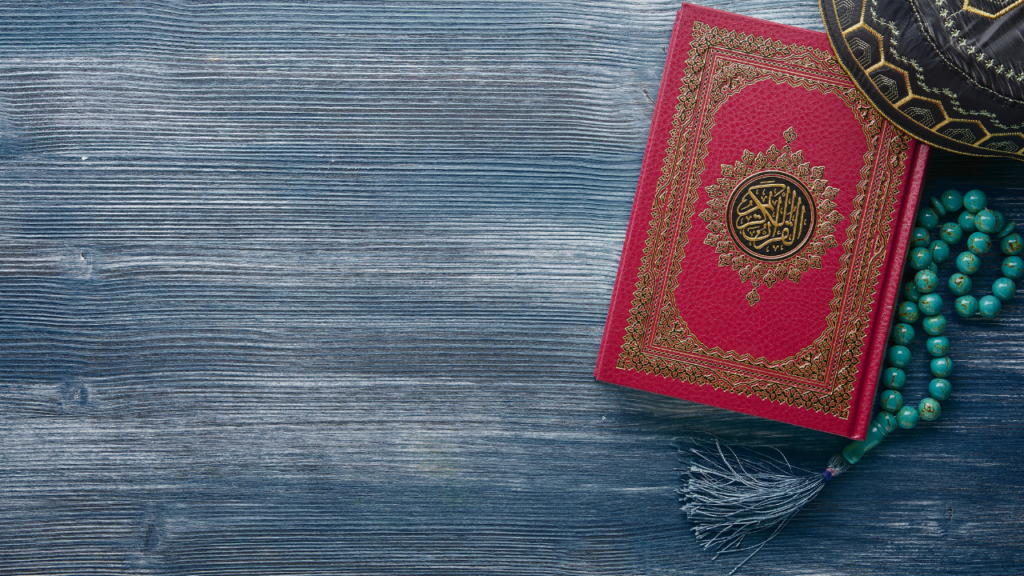
Introduction
Islamic culture is a vibrant and diverse tapestry woven together by the beliefs, practices, traditions, and artistic expressions of over 1.9 billion Muslims worldwide. It encompasses a wide array of customs, languages, art forms, and historical influences, making it one of the most fascinating and intricate cultures on our planet. In this article, we will delve into the various facets that make up Islamic culture, celebrating its diversity, history, and enduring influence on the world.
Religious Foundation
At the heart of Islamic culture lies Islam, one of the world’s major religions. Muslims follow the teachings of the Prophet Muhammad as outlined in the Quran, the holy book of Islam. This religious foundation plays a central role in shaping Islamic culture, affecting everything from daily rituals to moral values and legal systems.
- Five Pillars of Islam: These are the core acts of worship and practice for Muslims. They include the declaration of faith (Shahada), daily prayers (Salah), almsgiving (Zakat), fasting during Ramadan (Sawm), and pilgrimage to Mecca (Hajj). These pillars provide a framework for a devout Muslim’s life and are integral to Islamic culture.
- Islamic Art and Architecture: Islamic art and architecture are known for their intricate geometric patterns, arabesque designs, and calligraphy. These artistic expressions often feature Quranic verses and serve as a reminder of the importance of faith and spirituality in daily life.
Also Check
- What’s the difference between Christianity and Islam?
- When was Islam started?
- Who are Munkar and Nakir in Islam?
- Who were the grandsons of Prophet Muhammad?
- Why did Prophet Muhammad (PUBH) marry Hazrat Khadijah?
Cultural Diversity
One of the striking aspects of Islamic culture is its incredible diversity, which is influenced by factors such as geography, history, and local traditions. Islamic culture spans across continents, encompassing various regions, each with its unique flavor.
- Arab Culture: The Arab world, where Islam originated, has a profound impact on Islamic culture. Arabic language, literature, and cuisine are widely celebrated. The Arab world is also known for its contributions to mathematics, science, and philosophy during the Islamic Golden Age.
- Persian Culture: Persian culture, with its rich history and artistic contributions, has played a significant role in Islamic civilization. Persian literature, poetry, and carpets are renowned worldwide.
- Turkish Culture: Turkish culture has left its mark on Islamic culture through its cuisine, music, and distinctive architectural style. The Ottoman Empire, which was primarily Turkish, had a lasting influence on the Islamic world.
- South Asian Culture: In countries like Pakistan and India, Islamic culture is infused with local customs and traditions. This fusion is evident in the diverse cuisines, clothing, and festivals celebrated in the region.
- African Culture: African Islamic culture is a testament to the adaptability of Islam. It blends with traditional African beliefs and practices, resulting in unique cultural expressions seen in music, art, and attire.
Cultural Expressions
Islamic culture is expressed through various art forms, including calligraphy, music, dance, and literature. Here are some notable examples:
- Calligraphy: Islamic calligraphy is a highly revered art form that uses Arabic script to create intricate designs and Quranic verses. It is used in architecture, manuscripts, and decorative arts.
- Music and Poetry: Islamic music varies from region to region. Traditional instruments like the oud and the qanun are common in Middle Eastern music. Islamic poetry, particularly Sufi poetry, reflects spiritual themes and has produced renowned poets like Rumi and Hafez.
- Dance: While Islamic culture generally discourages public dancing, Sufi whirling dervishes perform a mesmerizing and meditative dance as part of their spiritual practices.
Conclusion
Islamic culture is a rich and multifaceted tapestry that has evolved over centuries, influenced by diverse societies, historical events, and religious values. Its cultural expressions, traditions, and artistic achievements continue to captivate and inspire people around the world. Embracing both unity and diversity, Islamic culture stands as a testament to the enduring power of faith and the beauty of human creativity.
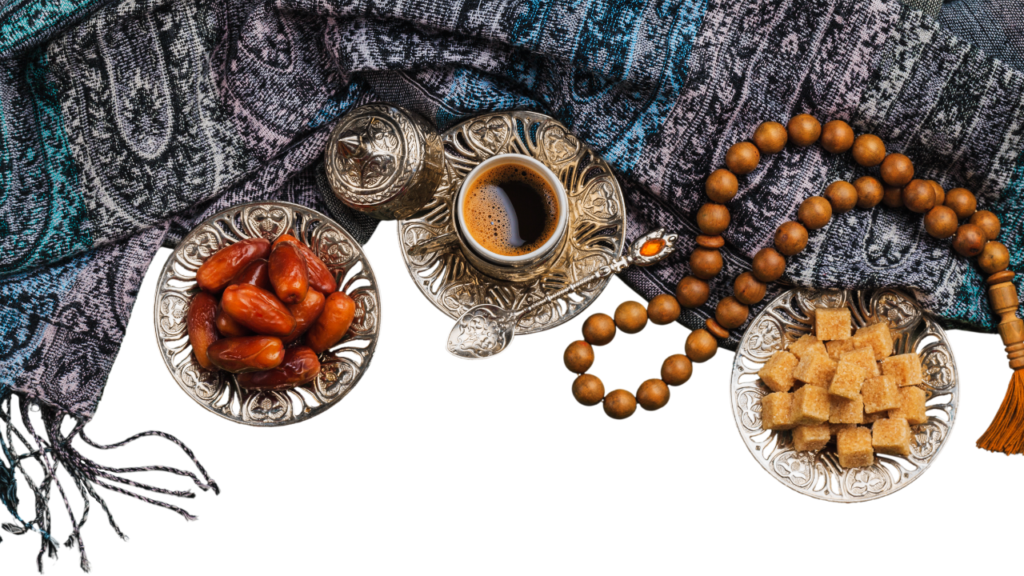
(FAQs) about Islamic culture:
What is Islamic culture?
Islamic culture refers to the way of life, traditions, customs, and practices followed by people who adhere to Islam, one of the world’s major religions. It encompasses various aspects of life, including religious beliefs, art, architecture, cuisine, clothing, and social norms.
What are the core beliefs of Islamic culture?
The core beliefs of Islamic culture are centered around the teachings of Islam, including the belief in one God (Allah), the prophethood of Muhammad, and adherence to the Quran as the holy scripture. Other fundamental beliefs include the Five Pillars of Islam.
What are the Five Pillars of Islam, and how do they relate to Islamic culture?
The Five Pillars of Islam are the basic acts of worship and practice that every Muslim is expected to follow. They include the declaration of faith (Shahada), prayer (Salat), almsgiving (Zakat), fasting during Ramadan (Sawm), and pilgrimage to Mecca (Hajj). These pillars are integral to Islamic culture and shape the daily lives of Muslims.
What role does Arabic language play in Islamic culture?
The Arabic language is highly significant in Islamic culture, as it is the language of the Quran, Islam’s holy book. Muslims around the world learn and recite Quranic verses in Arabic, and many Islamic rituals and prayers are performed in Arabic. Arabic calligraphy is also an important art form in Islamic culture.
What is the significance of Islamic art and architecture?
Islamic art and architecture are known for their intricate geometric designs, calligraphy, and use of vibrant colors. They have played a crucial role in Islamic culture, often serving as a means to express devotion to God and beauty in everyday life. Notable examples include mosques, palaces, and decorative objects.
What is the role of modesty in Islamic culture, especially in clothing?
Modesty is highly emphasized in Islamic culture, particularly in clothing. Muslim men and women are encouraged to dress modestly to adhere to Islamic principles. For women, this often involves wearing the hijab (headscarf) and covering the body, while men are encouraged to dress modestly as well.
How does Islamic culture celebrate special occasions and festivals?
Islamic culture celebrates several important festivals and occasions. Eid al-Fitr marks the end of Ramadan and is celebrated with special prayers and feasts. Eid al-Adha commemorates the willingness of Ibrahim (Abraham) to sacrifice his son and involves the distribution of meat to the needy. These celebrations typically involve communal prayers, gatherings, and acts of charity.
What are some traditional Islamic foods and dietary practices?
Islamic culture has a rich culinary tradition, with various regional specialties. Common elements include halal (permissible) meat, dates, and a wide array of spices. Fasting during Ramadan is a significant dietary practice, with Muslims abstaining from food and drink during daylight hours.
How does Islamic culture influence family and social dynamics?
Islamic culture places a strong emphasis on family values and community. Families are considered the cornerstone of society, and social interactions often revolve around extended family networks. Respect for elders and hospitality to guests are important cultural norms.
Is Islamic culture the same across all Muslim-majority countries?
No, Islamic culture varies across regions and countries due to cultural, historical, and ethnic differences. While there are common elements based on shared Islamic beliefs, the expression of Islamic culture can be diverse, leading to unique traditions and practices in different parts of the world.

